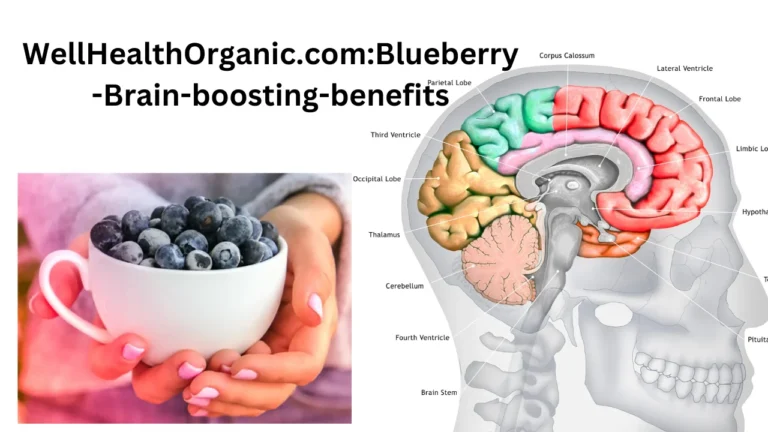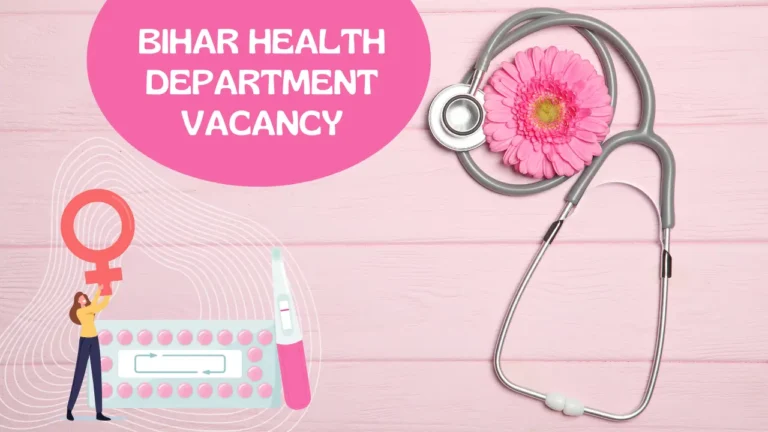Mental Health First Aid: The Practical Skill Every Modern Workplace Needs

If you think first aid is only about bandages and band aids, you’re missing half the story.
Mental Health First Aid (MHFA) has quietly moved from niche community training into mainstream workplace practice, and for good reason. It equips ordinary people with the confidence to respond when a colleague, friend or family member is struggling. Not to diagnose. Not to replace clinicians. But to stabilise, listen and connect someone to help. In the modern Australian workplace, that simple, human bridge is priceless.
What MHFA actually is (and what it isn’t)
MHFA is modelled on the same principle as physical first aid: immediate, empathetic support until professional care is available. Courses teach participants to recognise early warning signs of mental distress, anxiety, depression, panic, psychosis, suicidal thinking, substance misuse, and to act safely and effectively.
Important distinction: a mental health first aider is not a therapist. The role is to recognise, respond, refer and then take care of themselves. That boundary keeps the practice ethical and practical. Too many workplaces either over prescribe responsibility to managers or expect nothing at all. MHFA sits in the middle, it’s pragmatic.
What a typical course covers
You’ll find variations across providers, but most mental health in the workplace training courses cover the essentials:
- Core knowledge: What mental health and mental illness look like, stigma and myths, recovery language
- Recognition: Early warning signs and how presentations differ across age groups and cultures
- Practical response steps: How to approach someone, safe communication, active listening and non judgemental support
- Crisis handling: Responding to suicidal ideation, self harm, panic attacks and psychosis, when to call emergency services
- Referral pathways: How to guide someone to professional support and follow up in a sensitive way
- Self care: Managing the emotional load of being the helper, burnout prevention, boundaries, and debrief strategies
Courses are often scenario driven, with roleplays and structured practice. That’s where the learning sticks. Theory alone won’t prepare you for the rawness of a colleague breaking down in the office kitchen.
Skills that actually matter
MHFA isn’t a philosophy course, it’s skills based. Key capabilities that participants walk away with include:
- Active listening – not waiting to respond, but listening to understand
- De escalation – simple techniques to reduce immediate risk or distress
- Risk assessment – spotting cues that someone might be a danger to themselves and acting appropriately
- Compassionate referral – helping someone access a GP, a mental health clinician, or crisis services
- Boundary setting and self care – recognising when to step back and seek supervision
These are practical, teachable, repeatable skills. In my experience running sessions in Sydney boardrooms and Perth factories, people leave feeling more useful and less helpless.
Formats: online versus face to face, choose both
There’s a heated debate about whether virtual MHFA can match the classroom. I’ll be blunt: online delivery has matured. A well run facilitated online MHFA programme can achieve similar knowledge gains and provide practical rehearsal through breakout rooms and guided roleplay. For regional teams across Brisbane, Geelong or Darwin, online is often the only realistic option, and it works.
That said, face to face still holds a particular advantage for high intensity roleplay and reading subtle body language. If you’re training managers or frontline teams who’ll regularly handle crises, face to face sessions across Melbourne or Adelaide can be worth the extra investment.
Opinion, unpopular maybe: online MHFA isn’t second rate. It can be as effective as classroom learning when the facilitator is skilled and the cohort engaged. Another opinion some will push back on: MHFA should be as common as CPR in workplaces. Yes, really. A single trained colleague can make the difference between someone getting help or slipping through the gaps.
Why businesses should care (beyond compliance)
Mental ill health isn’t a side issue. It’s a productivity and safety issue. It’s also an HR, legal and moral issue. According to the Australian Institute of Health and Welfare, around one in five Australians, roughly 20% of people aged 16–85, experienced a mental disorder in the previous 12 months. That’s not a marginal risk, it’s something your workforce will encounter. (AIHW, 2018 data)
When teams are equipped with MHFA skills, a few things happen:
- Early intervention reduces escalation: Quick, supportive responses divert problems away from emergencies
- Stigma is reduced: Training normalises conversation and encourages help seeking
- Psychological safety rises: Employees feel seen and supported, which helps retention
- Risk management improves: Teams can better navigate duty of care obligations
And yes, having MHFA trained staff makes frontline supervisors better leaders. It’s harder to ignore performance issues when you’ve also got the skills to support recovery and reintegration.
Measuring impact, yes, you can
There’s a temptation to treat MHFA as a ‘soft’ initiative, hard to measure and easily shelved. Don’t. If you want to treat it as strategic, build measures:
- Pre/post confidence surveys for participants
- Tracking referrals made to EAP or mental health clinicians after training
- Manager reports on workplace incidents before and after rollout
- Qualitative feedback from staff who received support
Simple, objective metrics prove value. And if you’re an HR manager in Canberra or a CEO in Sydney, showing reduced incidents and improved staff engagement will get MHFA into the budget.
Where organisations go wrong
Common mistakes I see: one off token training, poor integration into policies, expecting MHFA to replace clinical support, failing to plan post course supervision. Training alone won’t change culture. It must be part of a broader mental health strategy with clear referral pathways and leadership buy in.
A practical improvement: tie MHFA refreshers into annual compliance, but make them interactive. Annual e learning won’t cut it. Quarterly micro practice sessions or biannual face to face refreshers keep skills live.
Two positive opinions that might annoy people
- Managers should be required to hold MHFA training as part of their role. Some will say it’s too much responsibility, I disagree. Managers already influence team workload, performance, and psychological safety, equipping them to spot and respond to mental health issues is sensible and humane.
- MHFA should be embedded in onboarding for all new starters. Controversial? Maybe. But if you want a mentally healthy culture, start at day one. Teach new hires how to look out for one another. Normalise support.
The moral and commercial case
I’ve trained teams in legal firms, manufacturing plants, retail groups and councils. The response is consistent: people want to help but are often paralysed by fear of saying the wrong thing. MHFA removes that paralysis. It’s compassionate. It’s practical. And frankly, it’s good for Business.
For employers who still balk, consider this: investing in early help reduces more costly downstream interventions. A timely conversation with a trained colleague can prevent a lengthy absence and, in some cases, keep someone out of crisis entirely.
How we suggest improving delivery (a quick blueprint)
- Start small: pilot MHFA with managers in one division, measure outcomes, then scale
- Use blended delivery: combine a facilitated virtual course with local practice groups and a face to face intensive for high risk teams
- Build clear referral maps: who do you call after an MHFA intervention? HR? EAP? Local GP directory? Keep it region specific, an employee in Perth needs a different set of local resources than one in Hobart
- Protect the helper: ensure debriefing, supervision and access to counselling for those providing MHFA. If helpers burn out, the whole system collapses
- Keep it visible: circulate reminders, case studies (anonymised) and quick guides on the intranet
A small, pragmatic favour: if you run MHFA in your Organisation, don’t hide the outcomes. Share anonymised success stories widely. It encourages others to speak up.
also read: The Rise of Celebrity Podcasts and YouTube Channels
Conclusion, useful, practical, imperfect
MHFA is not a cure all. It won’t fix systemic workplace issues or replace clinicians. But it’s one of the most practical, cost effective tools organisations have to reduce harm and encourage help seeking. In an era where mental health is rightly centre stage, having trained colleagues, not just policies, matters.
We deliver MHFA across Australia, tailoring sessions for corporate teams in Melbourne, government departments in Canberra, and regional workforces in Newcastle and beyond. It’s straightforward, impactful training. And when it’s done well, people leave better equipped to help.
There are still questions: how often to refresh, who to prioritise, how to fund it. Reasonable questions. But here’s the blunt truth, doing nothing is the riskiest option of all.
We also understand the importance of building resilience in the workplace and developing emotional intelligence alongside mental health first aid training. These complementary skills create a more comprehensive support system for employees.
Sources & Notes
- Australian Institute of Health and Welfare (AIHW). “People with a mental disorder” (based on National Study of Mental Health and Wellbeing 2017–18). AIHW, 2020. Statistic quoted: around one in five Australians (20%) aged 16–85 experienced a mental disorder in the previous 12 months. Full citation: AIHW, Mental health services in Australia, 2020.
- World Health Organization (WHO). “Depression and Other Common Mental Disorders: Global Health Estimates.” WHO, 2017. Note: used to contextualise global burden of disease. Full citation: WHO, Depression and Other Common Mental Disorders: Global Health Estimates, 2017.






